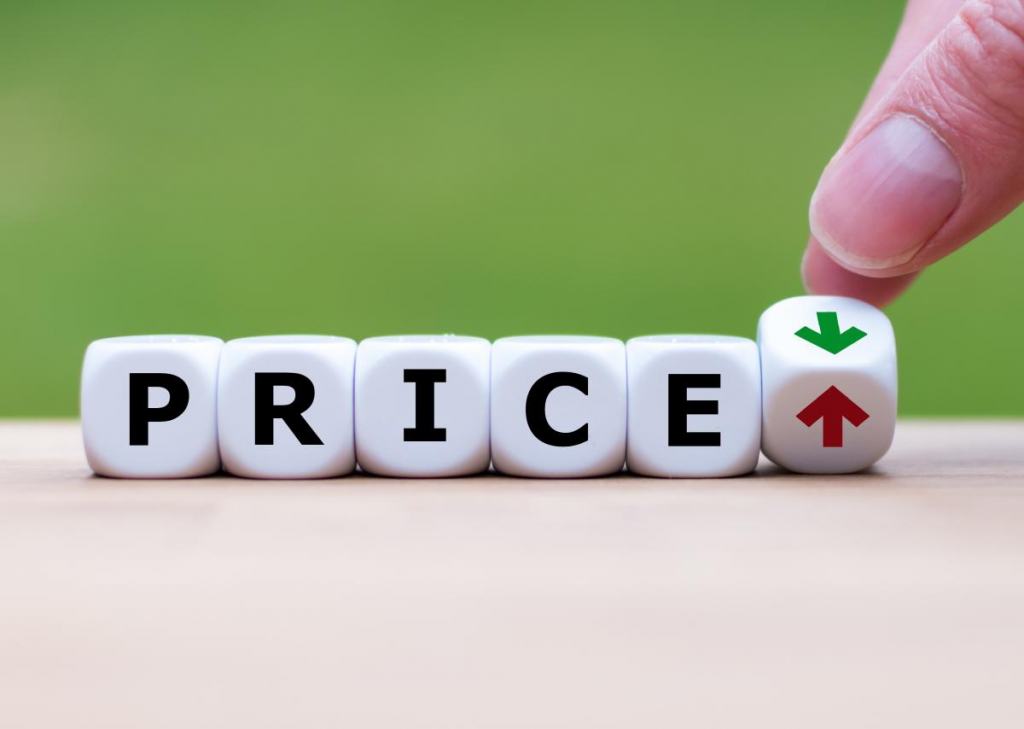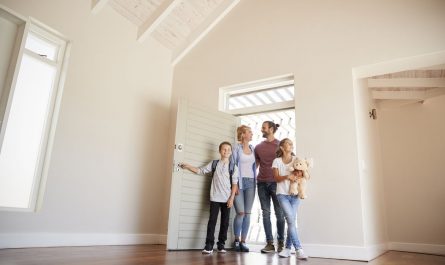Selling a home demands more than just selecting a number and listing online. Presentation shapes how buyers perceive value, and price anchors their expectations. Consequently, success hinges on balancing competitive pricing with compelling visuals. This article explores both facets in depth, examining strategies to set an attractive list price and techniques to showcase your property. You will learn how market analysis, psychological factors, and dynamic adjustments inform pricing decisions. Additionally, you will discover how staging, photography, and curb improvements create emotional appeal.
By the end, you will have a cohesive framework that aligns price with presentation to maximize offers and minimize market time. Throughout, practical guidance and real‑world examples illustrate each concept. Whether you are a first‑time seller or a seasoned investor, you will find actionable insights to implement immediately. In a landscape where buyers can scroll past dozens of listings in minutes, providing both the right price and perfect presentation ensures your home stands out. Let’s begin by examining the critical role that price plays in attracting serious buyers.
The Power of Price

Price serves as the primary driver of buyer interest, yet it carries nuanced complexities. Initially, a properly set price grabs attention and invites inquiries. However, if the price is too high, a listing may fail to generate showings. Conversely, an underpriced home might spark a bidding war, but it risks leaving value unclaimed. Therefore, sellers must conduct comprehensive market research, analyzing recent comparable sales, current active listings, and pending deals. Market dynamics like seasonality and local trends also influence how buyers interpret price. For instance, homes in popular school zones may sustain higher prices, whereas properties in transitional neighborhoods might require more competitive rates. In addition, economic indicators such as interest rates and employment outlook play a role.
When rates rise, buyer budgets tighten, which can shift a balanced price range downward. On the other hand, low rates can support ambitious list prices. Sellers should also account for carrying costs, including mortgage payments, taxes, and maintenance, when determining acceptable holding periods and pricing thresholds. Lastly, psychological pricing tactics—such as ending prices in nine or seven—often feel more attractive to buyers. By blending data‑driven comparables with these psychological levers, sellers can arrive at an optimal price that draws the right buyers and preserves negotiating leverage.
Understanding Market Dynamics
Market dynamics evolve continually, shaped by economic forces, demographics, and local developments. Broadly, national trends like employment rates and federal policy shifts cascade down to regional markets. That said, hyper‑local factors often swing pricing for individual properties. A new transit line can elevate demand, while proposed zoning changes might dampen interest. Similarly, seasonal patterns influence buyer activity; spring and early summer typically see higher traffic, whereas holiday and winter months can slow momentum. Sellers should track these cycles when planning their listing timeline. Moreover, buyer demographics such as millennials entering their prime home‑buying years—affect market preferences. In urban cores, demand for condominiums might surge, whereas suburban areas see heightened interest in single‑family homes with outdoor space.
Additionally, technological advances, including online marketplaces and virtual tours, have expanded buyer reach and raised presentation expectations. Sellers who ignore these shifts risk pricing their homes out of synch with current norms. To navigate this complex landscape, collaborating with experienced real estate professionals provides critical insight. They offer comparative market analyses, highlight emerging neighborhood trends, and suggest optimal listing windows. By understanding both macro and micro dynamics, sellers can price their homes in line with true buyer sentiment and local demand, reducing risk and preserving value.
Pricing Strategies That Work
Successful sellers employ a variety of pricing strategies, each tailored to their unique market and goals. Comparable‑based pricing anchors list values to recent sales of similar properties. This approach leverages transparent market data to justify asking prices. Another effective strategy is value‑add pricing, which incorporates the perceived value of improvements such as renovations, staging, or landscaping. When sellers complete high‑impact upgrades—like kitchen remodels or energy‑efficient installations—they can command premium prices. Third, psychological pricing leverages human behavior by setting prices that end in nine or seven, which buyers often perceive as better deals.
Fourth, dynamic pricing adjusts list values in response to market feedback. If showings plateau, sellers may implement small, incremental price reductions to reignite interest. Conversely, in bidding‑war scenarios, they might raise the list price to capitalize on heightened demand. Fifth, underpricing slightly below perceived market value can trigger competitive bidding, driving final sale prices above expectations. Yet this tactic carries risks in cooler markets where fewer buyers exist. Finally, sellers sometimes use escalation clauses, inviting offers with automatic increases up to pre‑set caps. This fosters transparency and encourages higher bids. By combining these strategies thoughtfully—grounded in data and calibrated to buyer psychology—sellers can optimize their pricing approach to attract serious, qualified buyers and maximize final sale proceeds.
The Art of Presentation
Presentation taps into buyer emotions, transforming an ordinary house into a compelling home that resonates. First impressions often occur online, where photographs and virtual tours serve as entry points. A listing with dull, cluttered photos rarely entices click‑throughs, let alone showings. Therefore, enhancing visual appeal should be a priority long before open houses. Once buyers schedule visits, on‑site presentation takes center stage. Elements such as decluttering, depersonalization, and neutral décor create a blank canvas for buyers’ imaginations. Clean, odor‑free environments foster comfort and trust, while well‑placed furnishings highlight spaciousness and function.
Moreover, sensory details like soft lighting, gentle background music, and subtle scents enhance the viewing experience. Sellers should ensure every room demonstrates its purpose—cozy reading corners, functional office nooks, or inviting dining areas. Architectural features like exposed beams or intricate moldings deserve spotlighting through strategic furniture placement. Plants and fresh flowers introduce life and evoke warmth. Small details, from neatly made beds to folded towels in bathrooms, signal meticulous care. When buyers feel an emotional connection, they are more likely to envision long‑term residence and submit strong offers. Thus, presentation serves as the emotional complement to the rational calculus of price.
Home Staging Essentials
Home staging represents a specialized subset of presentation that focuses on maximizing a property’s appeal through design expertise. Professional stagers arrive with an arsenal of neutral furnishings, artwork, and décor pieces tailored to accentuate a home’s best attributes. They often remove bulky or personal items, thereby revealing the property’s architectural potential and optimizing perceived space. Staging typically involves balancing color palettes to maintain broad appeal—soft grays, beiges, and whites dominate while occasional accent hues enliven key areas. Furniture arrangements follow traffic flow patterns, ensuring that buyers experience seamless movement from room to room. In living spaces, conversation groupings emphasize comfort and sociability, whereas bedrooms showcase tranquility and functionality.
Kitchens often benefit from countertop staging—neatly arranged cookbooks, artisanal cutting boards, and fresh fruit bowls highlight workspace and lifestyle appeal. Likewise, bathrooms can gain spa‑like ambiance through rolled towels, subtly scented candles, and modern hardware. Although professional staging costs represent an upfront investment, most sellers recoup that expense through higher final sale prices and reduced marketing time. For those with budget constraints, partial or consultative staging options provide guidance for targeted DIY efforts. Even simple staging moves such as swapping out worn throw pillows or adding potted greenery offer outsized returns. Ultimately, staging guides buyers toward emotional engagement, laying the groundwork for competitive offers and swift closings.
Captivating Photography and Virtual Tours
In the digital era, photography often determines whether a buyer clicks on your listing or scrolls past it. Professional real estate photographers leverage wide‑angle lenses and advanced lighting techniques to capture rooms in their best light. They balance interior brightness by integrating natural and artificial light sources, thereby reducing stark shadows and washed‑out highlights. Post‑processing adjustments further enhance image clarity without misrepresenting the property. Beyond still images, virtual tours and three‑dimensional walkthroughs provide immersive experiences that simulate in‑person visits. These interactive tools allow buyers to explore floor plans at their own pace and focus on areas of personal interest.
Additionally, aerial and drone photography showcase property exteriors, lot size, and neighborhood context from unique vantage points. Twilight photography, with its warm evening glow against interior lighting, evokes a sense of coziness and luxury that daytime shots cannot replicate. Listings enriched with virtual tours and drone imagery often achieve higher engagement metrics, attract more qualified leads, and command stronger offers. Moreover, video walkthroughs featuring drone footage or guided tours add narrative depth, enabling sellers to highlight community amenities and property history. Investing in high‑quality visuals and multimedia tours pays dividends by amplifying buyer interest, reducing time on market, and strengthening negotiating positions.
Enhancing Curb Appeal
Curb appeal forms buyers’ first tangible impressions when they arrive for showings, and it sets the emotional tone for their entire visit. A well‑maintained lawn signals diligent upkeep, while trimmed shrubs and pruned trees create a polished exterior aesthetic. Fresh mulch beds and seasonal flowers add pops of color that delight viewers. Simple touches—such as a clean, inviting walkway, a freshly painted or replaced front door, and updated house numbers convey pride of ownership. Power washing driveways, sidings, and decks removes grime and restores surfaces to their original brightness. Strategic exterior lighting illuminates entryways and pathways, enhancing both curb appeal and safety.
Outdoor furniture or decorative planters can frame porches and patios, suggesting comfortable gathering spaces. In colder climates, seasonal decorations—like wreaths or ornamental gourds—demonstrate attention to detail. Even modest improvements, such as replacing outdated light fixtures or installing modern mailbox designs, contribute to a cohesive first impression. Buyers tend to assign a higher perceived value to homes with strong curb appeal, often justifying higher offers. Furthermore, neighborhood comparisons play a role: a home with standout exterior presentation elevates the surrounding street’s aesthetic, benefiting both sellers and neighbors.
Synergy Between Price and Presentation

Price and presentation operate as interconnected levers that, when aligned, amplify seller outcomes. Listing at market value attracts initial buyer attention. Yet without compelling presentation, that traffic often fails to convert into showings or offers. Conversely, exceptional staging and visuals can only do so much if the price exceeds buyer expectations. Therefore, sellers must calibrate both elements in tandem. Market research informs a competitive list price that positions the home within a desirable range. Simultaneously, investment in staging, photography, and curb improvements justifies marginal price premiums by elevating perceived value.
Small staging expenditures—often one to three percent of projected sale proceeds—can yield double‑digit percentage increases in final offers. Similarly, professional photography typically costs a few hundred dollars yet can drive significant buyer engagement and reduce days on market. By evaluating cost‑benefit ratios for each presentation enhancement, sellers can allocate resources efficiently to maximize return on investment. Furthermore, dynamic adjustments—such as timely price reductions or targeted staging updates—keep the listing fresh and responsive to buyer feedback. Ultimately, a synchronized strategy ensures that price and presentation reinforce one another, creating a persuasive narrative that motivates buyers to act swiftly and decisively.
Conclusion
Successfully selling a home requires an orchestrated approach to pricing and presentation. Accurate, data‑driven pricing draws in qualified buyers and maintains seller leverage. Complementary presentation tactics—home staging, professional photography, and curb appeal enhancements engage buyers emotionally and elevate perceived value. Through careful market analysis, sellers can select strategies that align with their unique goals, whether maximizing sale price, minimizing time on market, or achieving both.
Consistent messaging across pricing, visuals, and property condition fosters buyer confidence and encourages competitive offers. By understanding the interplay between rational pricing decisions and emotional presentation elements, sellers position their homes to stand out in a crowded marketplace. Ultimately, the successful seller is one who recognizes that price opens the door, but presentation closes the deal.



